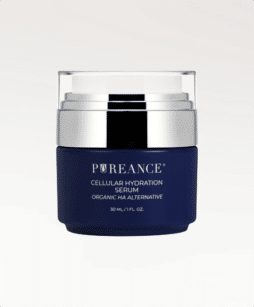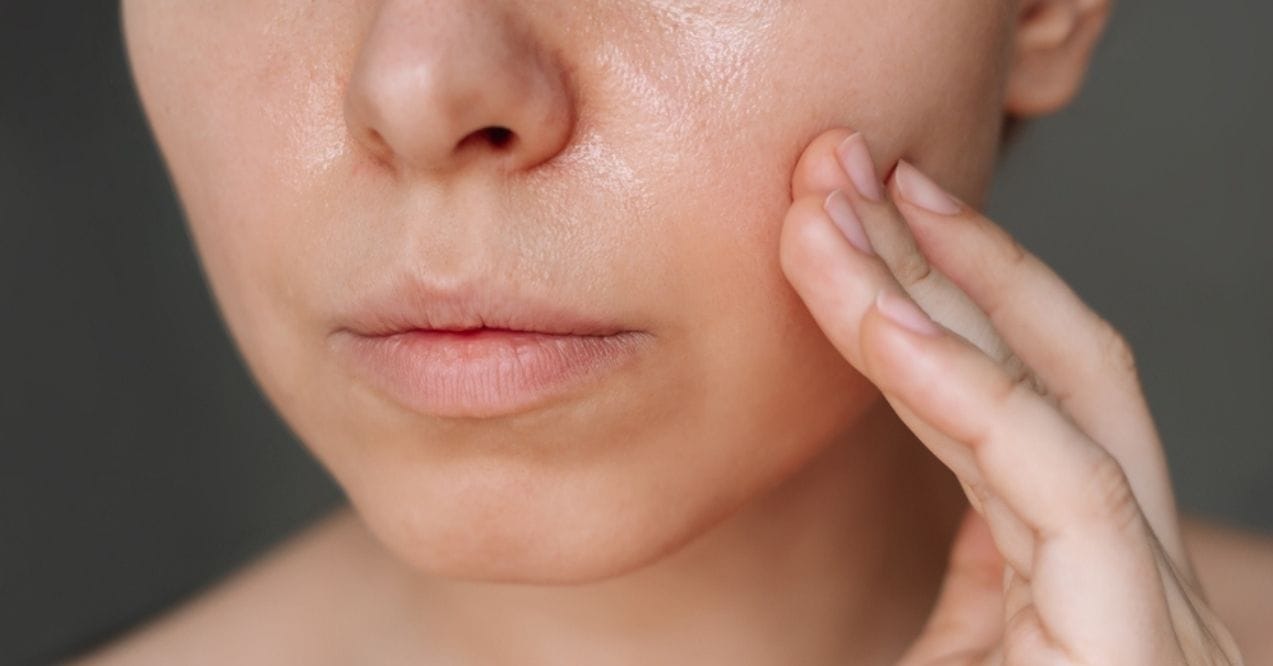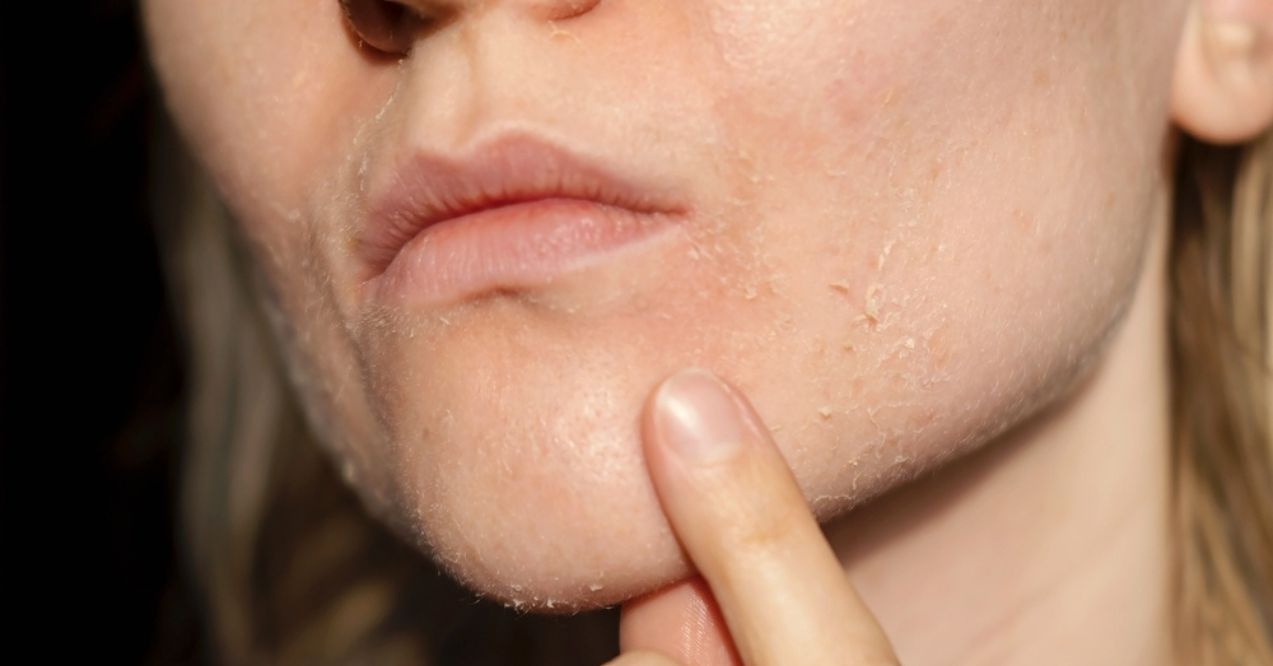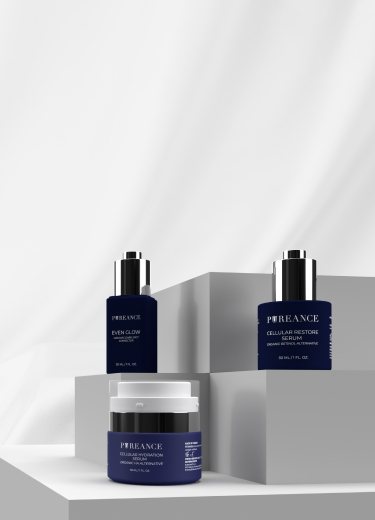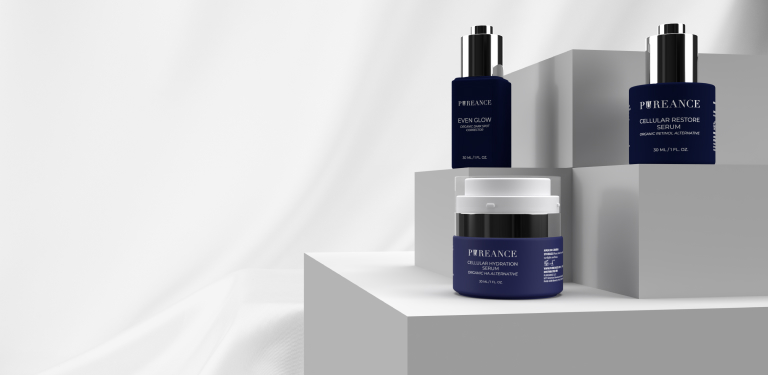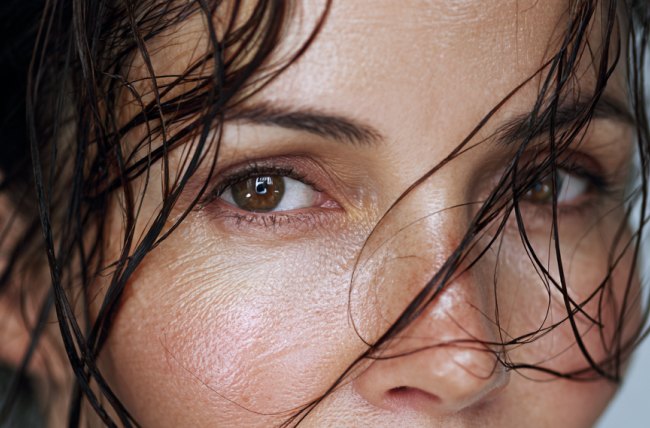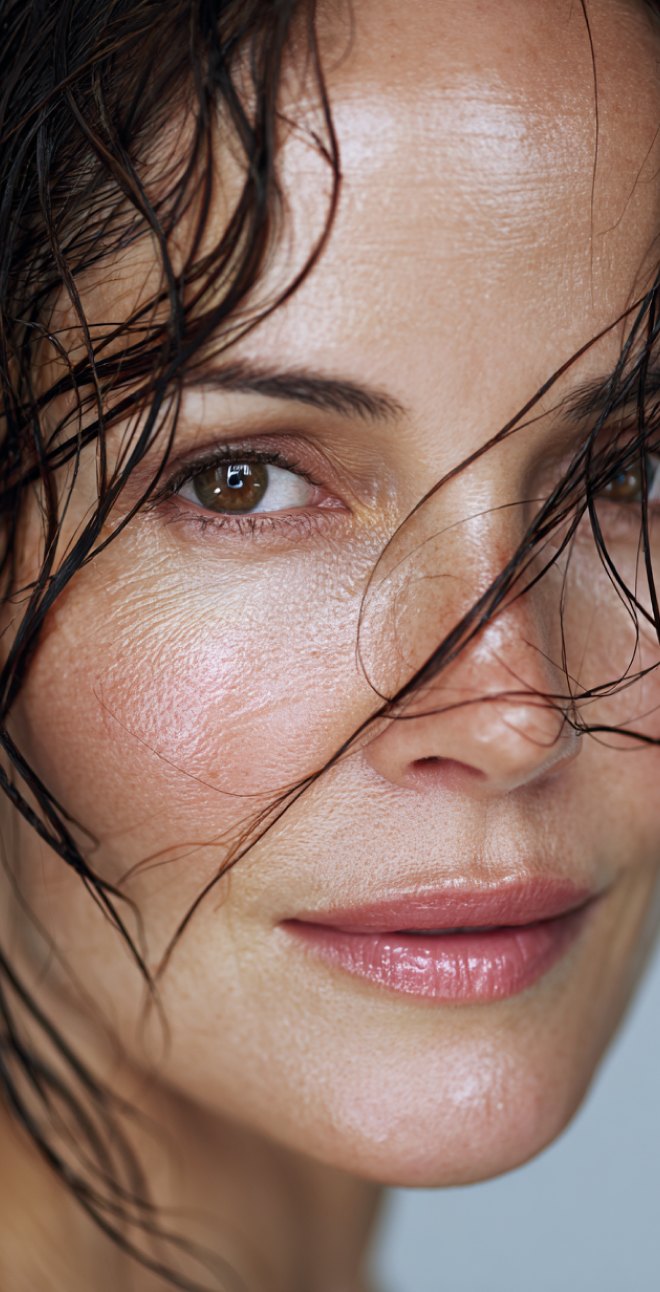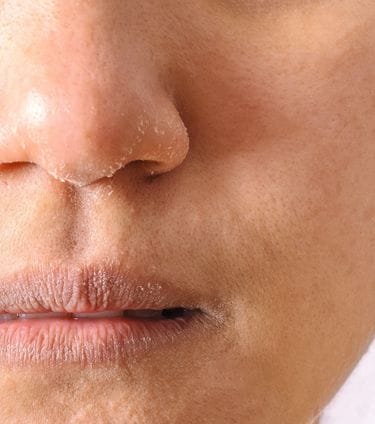


How to Treat Dry Skin Around Nose
Wondering how to treat dry skin around nose? Dealing with dry skin around the nose can make you feel self-conscious and uncomfortable, especially when your usual skincare routine doesn’t seem to help. Many of us experience this common concern, particularly when the weather changes or our skin needs extra attention.
In this guide, we’ll explore gentle, effective ways to alleviate dryness around the nose and help you maintain your skin’s natural moisture balance. You’ll discover practical tips for keeping your skin hydrated, along with simple strategies you can easily incorporate into your daily routine.
Key Article Findings
- Gentle, consistent skincare with hydrating products works better than aggressive treatments.
- Using a humidifier and protecting skin from harsh weather helps prevent dryness.
- Proper hydration and timely moisturizing maintain skin’s natural moisture balance.
The Root Causes of Dry Skin Around the Nose
Understanding what causes dry nose skin helps you make informed choices about your skincare routine. Several factors can contribute to dry skin around nose areas, from environmental conditions to daily habits.
Environmental Factors
Cold weather and low humidity levels can significantly impact your skin’s moisture balance. Indoor heating systems, while keeping us warm, often create an environment that can leave the sides of nose particularly dry and uncomfortable. Is humidity good for skin? Absolutely – maintaining proper humidity levels helps your skin retain its natural moisture and stay supple.
Skincare Habits and Irritants
Your daily skincare routine might inadvertently contribute to dryness. Using water that’s too hot, harsh soaps, or over-enthusiastic exfoliation can disrupt your skin’s natural barrier. Even seemingly gentle products might contain ingredients that don’t agree with your skin, leading to increased dryness and sensitivity around the nose area.
Health-Related Causes
Common everyday situations can affect the delicate skin around your nose. Frequent nose blowing during allergy season or a cold can cause irritation and dryness. Changes in hormones or certain lifestyle factors may also influence how your skin maintains its moisture balance. If dryness persists despite good skincare practices, consider consulting a skincare professional for personalized advice.
How to Treat Dry Skin Around Nose
Learning how to treat dry skin around nose areas doesn’t have to be complicated or expensive. With the right approach and products, you can help maintain your skin’s natural moisture balance and comfort.
Hydrating the Skin Effectively
Start with lukewarm water and a gentle, cream-based cleanser that won’t strip your skin’s natural oils. Apply hydrating products while your skin is still slightly damp to lock in moisture effectively. Layer your products from lightest to heaviest, allowing each one to absorb before applying the next.
Choosing the Right Moisturizer
Look for moisturizers containing hydrating ingredients like glycerin, ceramides, or squalane, which work together to support your skin’s moisture barrier. These ingredients help maintain skin’s natural balance while providing lasting hydration.
Using Natural Remedies Safely
Natural options can complement your skincare routine when used correctly. A thin layer of raw honey can provide gentle hydration when used as a 10-minute mask. Patch test any new ingredient on your inner arm first to ensure compatibility with your skin.
Gentle Exfoliation for Flakiness
Keep exfoliation minimal and gentle – once or twice weekly is usually sufficient. Use soft, circular motions with a damp washcloth, or try a mild enzyme exfoliant. Always follow with a moisturizer to protect freshly exposed skin.
Preventive Strategies to Keep Dry Skin Away
For those wondering what to do about a dry nose, prevention often works better than treatment. Let’s explore practical strategies to maintain your skin’s natural moisture balance and comfort throughout the year.
Daily Skincare Routine Adjustments
Start your day with a gentle, fragrance-free cleanser that respects your skin’s natural barrier. Skip harsh, stripping products and opt for mild formulations that leave your skin feeling comfortable, not tight. Protect your skin with a lightweight, non-comedogenic sunscreen every day – yes, even in winter – to maintain your skin’s resilience.
Optimizing Indoor Environments
Position a humidifier in your bedroom or home office to maintain optimal moisture levels in the air. Aim for humidity levels between 40-60% for optimal comfort. Consider these practical tips:
- Place the humidifier about 3 feet from your bed or workspace
- Clean it regularly to prevent mineral buildup
- Use filtered water to minimize white dust
- Adjust settings based on seasonal changes
Hydrating from Within
Supporting your skin starts from the inside. Focus on staying well-hydrated throughout the day and include water-rich foods in your diet. Consider incorporating these hydration-supporting foods:
- Cucumber and celery for natural water content
- Leafy greens for essential nutrients
- Omega-3 rich foods like walnuts and flaxseeds
- Fresh fruits, especially watermelon and oranges
Barrier Repair Creams
If you are still questioning how to get rid dry skin on nose areas, barrier repair creams can be particularly effective when used consistently. Choose products specifically formulated for sensitive skin to minimize potential irritation, and always apply to slightly damp skin for better absorption.
Overnight Treatments
Evening is the perfect time to focus on intensive moisture replenishment. Your skin naturally repairs itself during sleep, making this the ideal time to support its renewal process. Start with clean, slightly damp skin and layer your products from lightest to richest. Apply your regular moisturizer, then seal in hydration with a protective layer. Consider using an overnight mask once or twice a week for extra comfort. Remember to:
- Use clean pillowcases to avoid irritation
- Elevate your head slightly to reduce morning puffiness
- Apply products at least 30 minutes before bed
- Keep room humidity balanced with a humidifier
Seasonal Relevance
Adapt your skincare routine as seasons change. Winter calls for richer moisturizers and extra protection against harsh winds. Summer requires lighter, hydrating products that won’t feel heavy in humidity. Consider these seasonal adjustments:
- Winter – Layer products and focus on protection
- Spring – Gradually transition to lighter formulations
- Summer – Use hydrating serums under light moisturizers
- Fall – Begin incorporating richer products as temperatures drop
Mistakes to Avoid When Treating Dry Skin
If you’re wondering why is my skin so dry even when I moisturize, you might be making some common skincare mistakes. Let’s explore what to avoid for better results.
Overusing Exfoliants
While it’s tempting to scrub away flaky patches, too much exfoliation can compromise your skin’s natural barrier. Limit exfoliation to once or twice weekly, using only gentle products. Watch for signs of irritation like increased sensitivity or redness, which signal you should reduce frequency.
Skipping Moisturizer After Cleansing
Timing matters when it comes to moisturizing. Always apply your hydrating products within three minutes of cleansing, while your skin is still slightly damp. This helps lock in essential moisture and maintains your skin’s natural balance.
Using Harsh Ingredients
Be mindful of products containing drying ingredients like artificial fragrances or alcohol. Even your water temperature matters – opt for lukewarm instead of hot water when cleansing to preserve your skin’s natural oils.
Over-Reliance on DIY Remedies
While natural solutions can be helpful, they shouldn’t be your only strategy for persistent dryness. Some DIY treatments might temporarily mask the issue without addressing underlying causes. Consider a balanced approach that combines gentle products with occasional natural treatments.
Conclusion
Knowing how to treat dry skin around nose areas doesn’t have to be complicated. By understanding your skin’s needs and following a consistent, gentle care routine, you can maintain comfortable, hydrated skin throughout the year.
Remember that small changes in your daily habits – from using the right products to maintaining proper hydration – can make a significant difference. With patience and the right approach, you can support your skin’s natural moisture balance and enjoy lasting comfort.
Limit exfoliation to once or twice weekly, using only gentle methods. Choose mild exfoliants and watch for any signs of sensitivity. If your skin feels irritated, reduce frequency or skip exfoliation until comfort returns.
Use a gentle cleanser, apply moisturizer to damp skin, and run a humidifier indoors. Layer your skincare products, starting with lighter hydrating formulas and finishing with a protective moisturizer to seal in hydration.
Apply moisturizer while skin is slightly damp, use products with glycerin or ceramides, and avoid hot water when cleansing. Keep room humidity balanced and be extra gentle when drying your face with a towel.
Yes, with proper care and hydration, your skin can maintain its natural moisture balance. Support this process by staying hydrated, using gentle products, and protecting your skin from harsh environmental factors.
Yes, certain makeup products can increase dryness. Choose hydrating, cream-based formulas, prep skin with proper moisturizer, and avoid powder products that might cling to dry patches around the nose area.
This site offers health, wellness, fitness and nutritional information and is designed for educational purposes only. You should not rely on this information as a substitute for, nor does it replace, professional medical advice, diagnosis, or treatment. If you have any concerns or questions about your health, you should always consult with a physician or other health-care professional. Do not disregard, avoid or delay obtaining medical or health related advice from your health-care professional because of something you may have read on this site. The use of any information provided on this site is solely at your own risk.
Nothing stated or posted on this site or available through any services are intended to be, and must not be taken to be, the practice of medical or counseling care. For purposes of this agreement, the practice of medicine and counseling includes, without limitation, psychiatry, psychology, psychotherapy, or providing health care treatment, instructions, diagnosis, prognosis or advice.
